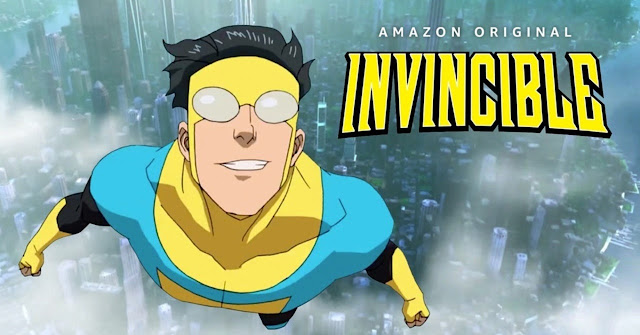I'm pleased to announce that I've recently received a promotion at work. Sadly, as is so often the case, my new responsibilities were added onto my old ones rather than replacing them, but at least it came with a notable raise. I generally find it hard to spend money on myself, but I decided that in this case, it was probably acceptable to reward myself for getting ahead.
But what to buy?
I looked at Star Wars Rebellion and Resistance fighter pilot helmets, I looked at Major Matt Mason crawlers on eBay, I looked at original comic book art on the Heritage Auctions web site, I looked at Alienware gaming systems, but nothing really rang the bell in terms of both price point and geek appeal.
Finally, after much thought, and much research, I decided that a virtual reality headset would be the ideal SF/geek gift to celebrate my new job description (and paycheque): the culmination of a long-standing interest in virtual reality experiences.
My first experience with VR was in 1994, at a SIGGRAPH (Special Interest Group Graphics) conference in Florida. There were lineups for the two VR demos that were running on the show floor. One was a basic VR port of the original Doom, in all its pixelated 8-bit glory. The other was a simplified version of the speeder bike from The Return of the Jedi, which featured a recumbent bike like the ones in the movie, and a VR landscape populated with simple geometric shapes. Unlike the POV Doom demo, the speeder bike program was a full VR environment, where the headmount allowed a fully tracked 360 view as the bike flashed through the landscape.
I was fascinated by
both of the demos, but sadly neither one was intended for any kind of
commercial release, they were just experimental proof-of-concept
experiences.
Over the years since then, I’ve had a variety of VR
and near-VR experiences – near-VR being defined as things like the
Dome-G video presentation at Gundam Front in Tokyo, the Smuggler’s Run ride at Galaxy’s Edge in Disneyland, or flyover rides like the ones in Vancouver and
Disneyland’s California Adventure.
My most recent full-VR experience
was the Mission ISS VR program in 2019, featured at the Intrepid Space
Shuttle Pavilion on the Intrepid Sea, Air and Space Museum in New York. I
loved that brief VR session on - and outside - the International Space Station, to the point where I actually did some
research on VR headsets at the time, but finally decided that the cost of a compatible
headset and a suitably powerful graphics card was prohibitive.
I
may not have done enough research, or, in retrospect, I may have just
made the right decision by not buying at that point in time. The Oculus Quest 2 headset that I’ve just
ordered from Amazon is the successor to the original Quest, which was
released in May of 2019 and would have been available when I was originally looking around.
That first model received mixed reviews, but the Quest 2, which only recently entered the marketplace in October of 2020, seems to be universally viewed as having solved the problems of the original version, reducing weight and increasing the resolution, while managing to bring down its original price point of over $500 CAD to a modest $399.
The upgraded Quest 2 is a stand-alone VR headset,
with onboard storage for your game library and the option of using a USB
link cable for access to PC games. It comes in 64 GB and 128 GB onboard storage
options, but critics agree that the less expensive 64 GB model that I’ve
purchased is more than adequate. The headset links with a pair of
controllers that act as pointers, hands, guns, and tools in virtual space.
And, a strong vote for the Quest 2, it will run the ISS VR program that I enjoyed in New York, which is available as a free download.
Now that I've placed my order with Amazon, I'm sure that I've made a good choice. After all, VR seems like such an obvious option in the pandemic lockdown environment – what better time to be able to soar in space?







